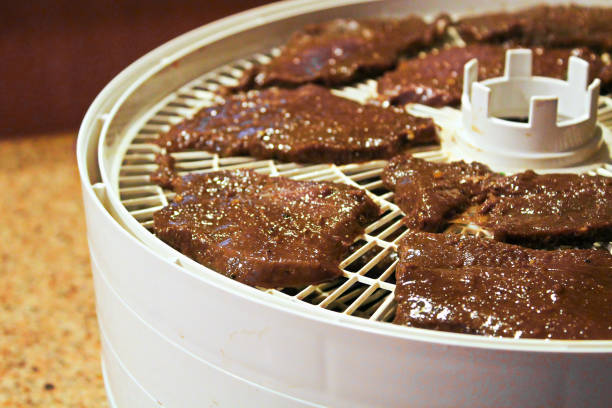The Origins of Biltong
A treasured culinary tradition born from necessity and ingenuity
Biltong's story begins with indigenous communities across southern Africa who developed sophisticated preservation techniques long before refrigeration existed. These early methods combined salt curing with natural air-drying to preserve meat during hunting expeditions and for times of scarcity.
The word "biltong" comes from Dutch colonial settlers who combined the words "bil" (rump) and "tong" (strip or tongue) to describe these strips of dried meat. Indigenous knowledge and Dutch preservation methods merged to create what we know today as biltong.
Unlike similar dried meats from other parts of the world, African biltong distinguishes itself through its unique spice profiles that often include coriander, black pepper, and vinegar – ingredients that not only enhance flavor but also serve as natural preservatives.
